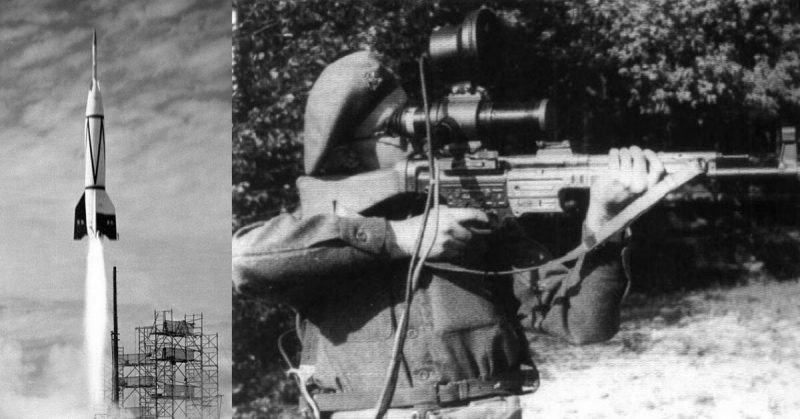To the victors belong the spoils of war, and after Nazi Germany was defeated there were plenty of spoils that the Allies were after.
One of the innovative concepts that emerged during WWII was in-flight guidance onto a moving target. One of the earliest examples was the Fritz X anti-ship bomb, first deployed by the German Air Force in 1943: An operator in the launch aircraft guided the Fritz X to its target using radio control, sinking an Italian Battleship.
1. Guided Weapons
Around the same time, the U.S. Navy deployed an even more sophisticated anti-ship bomb called the Bat, which used radar to isolate the target without the need of a human operator.
Another anti-ship homing weapon was the Zaunkoenig torpedo, which was fitted to German U-boats from 1943 onward. It used underwater sound waves rather than radar to locate the target.
2. Long-Range Missiles
While all the major powers fielded short-range rockets, only Nazi Germany put serious effort into the development of long-range, liquid-fueled rockets. The result was the V-2, a 14-ton, vertically launched missile with a range of 200 miles and a top speed of 3,500 miles per hour.
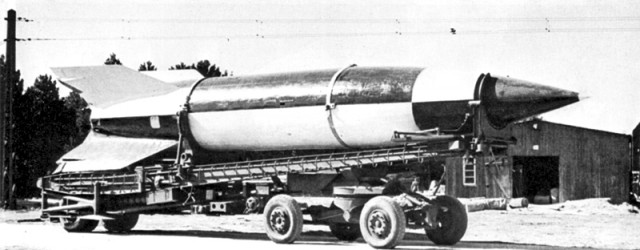
The V-2 was one of two long-range weapons deployed by the Germans, the other being the V-1 flying bomb. Both the V-1 and the V-2 were launched in the thousands, mainly against London and the port city of Antwerp in Belgium.
The V-1 was the ancestor of today’s cruise missiles, while the V-2 was the world’s first ballistic missile.
3. Airborne Units
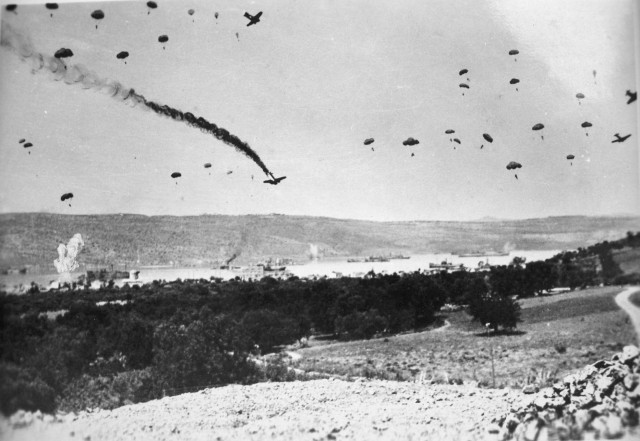
It was the Germans who seized on the potential that paratroopers gave. Such troops fitted in perfectly with Guderian’s vision of Blitzkrieg, the lightening war.
Hermann Göring, as head of the Luftwaffe, formed the first parachute regiments in 1935. During the Spanish Civil War, the Germans had gained experience in air-landings, primarily using the Junkers Ju-52. It was this plane that was to be the workhorse of the German paratroopers during WWII. A Luftwaffe general, Kurt Student, was given charge of airborne training.
The Germans launched what can be called the first airborne ‘attack’ in history on March 12th, 1938 when German paratroopers seized and captured an airfield at Wagram in Austria during the Anschluss, the peaceful take-over of Austria.
When the Germans attacked Poland and gave the world its first glimpse of Blitzkrieg in September 1939, paratroopers played no part despite many rumors that areas of Poland had been captured by paratroopers. In the attack on Western Europe, the German paratroopers were used in the attack on Norway in April 1940 when they captured airfields at Oslo and Stavanger.
In the attack on the Netherlands, German paratroopers played a major role isolating the city of The Hague, and in Belgium, they seized vital bridges, and glider troops took the strategic fort at Eben Emael.
The Germans used paratroopers to attack Crete; this was the first time that paratroopers were given the task of attacking and defeating a complete target. At the time, it was the largest airborne attack in history.
Though the island was taken after heavy fighting, the Germans took very heavy casualties of around 25% and Hitler lost faith in this form of attack. On the orders of Hitler, German paratroopers were sent to Russia where they fought as ground troops.
Ironically enough, the use of the German paratroopers on Crete was one of the reasons why the Allies began experimenting with Airborne divisions.
4. Helicopters
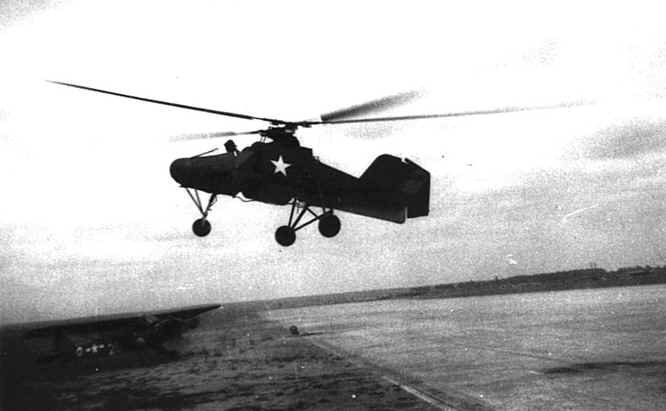
The Flettner Fl 282 Kolibri or Hummingbird is a single-seat open cockpit intermeshing rotor helicopter or synchropter. It was produced by Anton Flettner for Germany during the Second World War. It was the world’s first series production helicopter.
The intended roles of the Hummingbird included aerial reconnaissance and the ferrying of items between ships. However, as the war progressed, the Luftwaffe wanted to start using the Fl 282 on the battlefield.
Until this time the craft had been a single seater, but a position for an observer was added at the very rear of the craft, which resulted in the B-2 version. The B-2 proved a useful artillery spotting aircraft and an observation unit was established in 1945.
In 1944, good handling in bad weather led the German Air Ministry to issue a contract to BMW for 1,000 units. However, allied bombing raids destroyed the company’s factory in Munich after building just 24 machines.
After the war, Anton Flettner emigrated to the United States and became the chief designer for Kaman Aircraft, creating the Kaman HH-43 Huskie. Intermeshing rotors have become noted with Kaman helicopters, which continues this concept.
5. Rockets
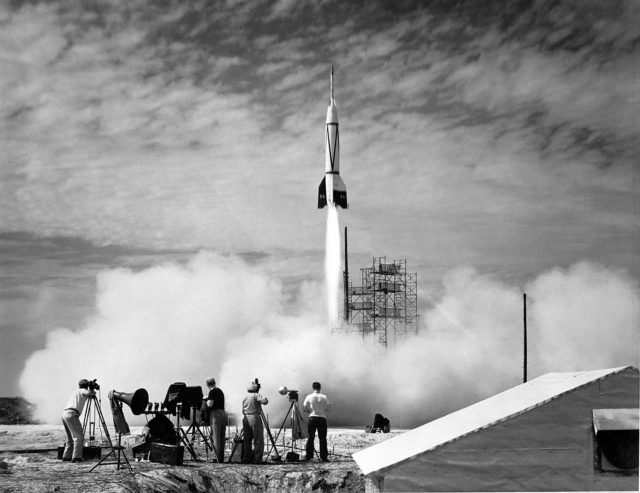
After the Second World War ended, the Office of Strategic Services (OSS) launched Operation Paperclip, a program in which over 1,500 German scientists, engineers, and technicians from Nazi Germany and other countries were brought to the United States for employment.
It was conducted by the Joint Intelligence Objectives Agency and in the context of the Cold War. One of the purposes of Operation Paperclip was to deny the German scientific expertise and knowledge to the Soviet Union and, to a lesser extent, the United Kingdom.
Another goal was to prevent post-war Germany from redeveloping its military research capabilities. The Soviet Union had competing extraction programs known as “trophy brigades” and Operation Osoaviakhim.
The stolen V-2s and their creators like Wernher von Braun paved the way for U.S. rocket programs from the Redstone rockets to the Saturn and Apollo missions which ultimately brought US Astronauts to the moon.
6. Methamphetamine

Pervitin was the early version of what we know today as crystal meth. It was fitting that the German soldier would become addicted to the stuff: the drug, German newspaper “Der Spiegel” notes, first became popular in Germany, brought to market by the then Berlin-based drugmaker Temmler Werke.
The German army physiologist Otto Ranke almost immediately realized its military value: the methamphetamine compound could keep fighters (pilots, in particular) alert on little sleep; it could also keep an entire military force feeling euphoric. Not a bad thing when the Germans were suffering catastrophe after catastrophe. Meth, Spiegel puts it, “was the ideal war drug.”
Pervitin became colloquially known among the German troops as “Stuka-Tablets” and “Herman-Göring-Pills.”
Due to the psychological and stimulant effects of methamphetamine, Obetrol became a popular diet pill in America in the 1950s and 1960s.
7. Jet power
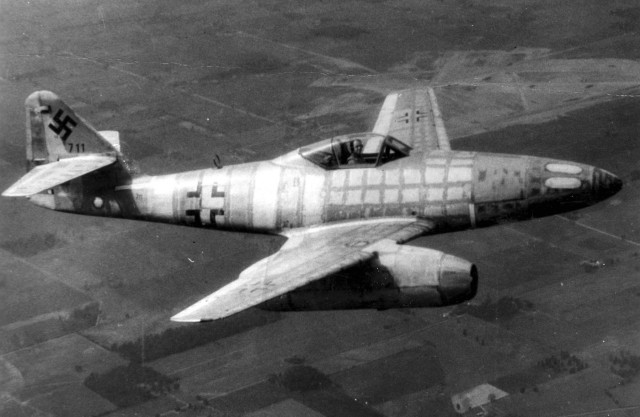
The Messerschmitt Me-262 was the world’s first operational jet-powered fighter aircraft, and also the world’s first mass-produced jet fighter. The first successful flight of a jet Me-262 occurred on the 18th of July, 1942.
Design work had started before World War II began, but engine problems, metallurgical problems and top-level interference kept the aircraft from operational status with the Luftwaffe until mid-1944.
The Me-262 was faster and more heavily-armed than any Allied fighter, including the British jet-powered Gloster Meteor. Pilots of this aircraft claimed a total of 542 allied kills, though claims for the number are often higher than what was actually shot down.
Captured Me 262s were studied, and flight tested by the major powers and influenced the designs of many post-war aircraft such as the North American F-86 Sabre and Boeing B-47 Stratojet. The U.S. also captured the Arado Ar 234 jet-powered bomber, which technology would go on to be found in the U.S. Army Air Force’s B-45s and B-47s.
8. Night Vision
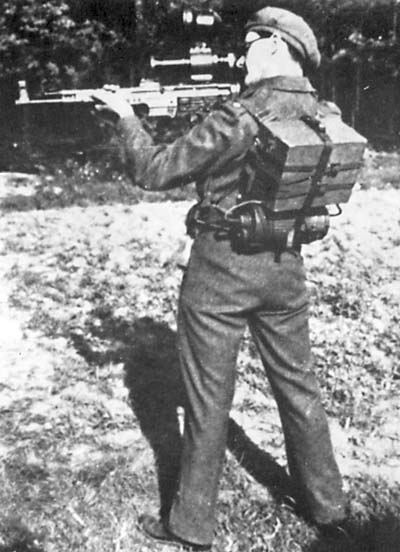
As early as 1939, the first night vision devices were introduced by the German army. The first devices were being developed by AEG starting in 1935. By the end of World War II, the German army had equipped approximately 50 Mark V Panther tanks, which saw combat on both the Eastern and Western Fronts. The “Vampir” man-portable system for infantrymen was being used with STG-44 Sturmgewehr assault rifles.
The ZG 1229 Vampir weighed about 5 lbs and was fitted with lugs at the weapons production facility. The soldier carrying this was known as night-hunter. As well as the sight and infrared spotlight, there was a wooden cased battery for the light, and a second battery fitted inside a gas mask container to power the image converter. This was all strapped to a Tragegestell 39.
The searchlight consisted of a conventional tungsten light source shining through a filter permitting only infrared light. The sensor was not sensitive to body heat because it operated in the upper infrared (light) spectrum rather than in the lower infrared (heat) spectrum.
The Vampir gear was used for the first time in combat in February 1945. 310 units had been delivered to the Wehrmacht in the final stages of the war. Eastern Front veteran reports consist of snipers shooting at night with the aid of ‘peculiar non-shining torches coupled with enormous optical sights’ mounted on their rifles. Similar infrared gear was fitted both to MG34 and MG42 machine guns.
